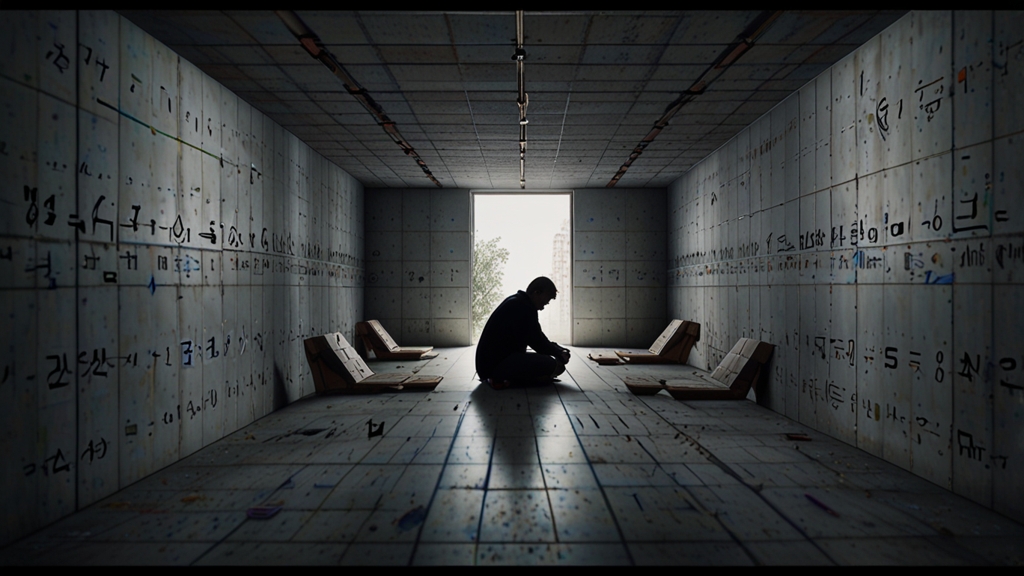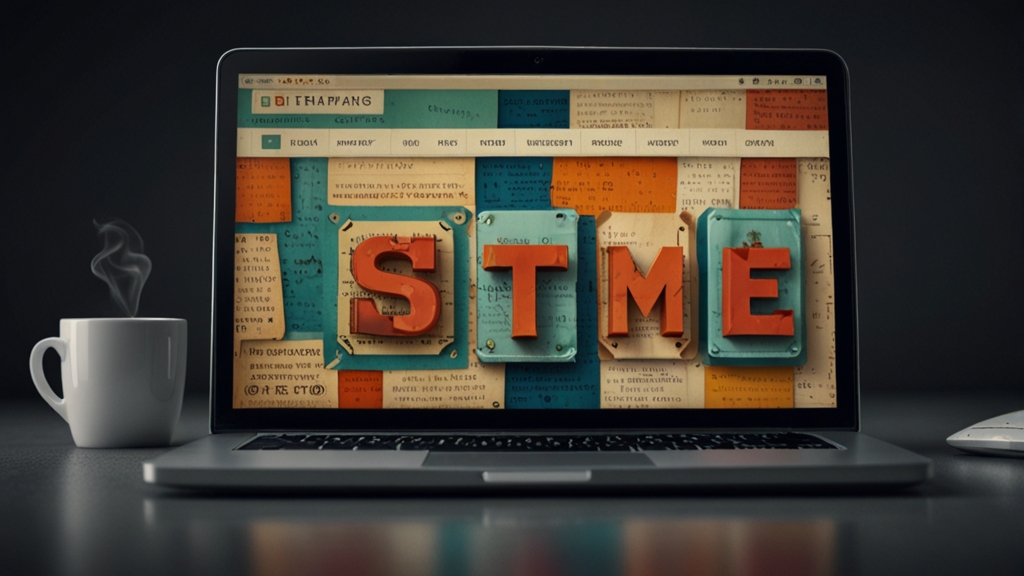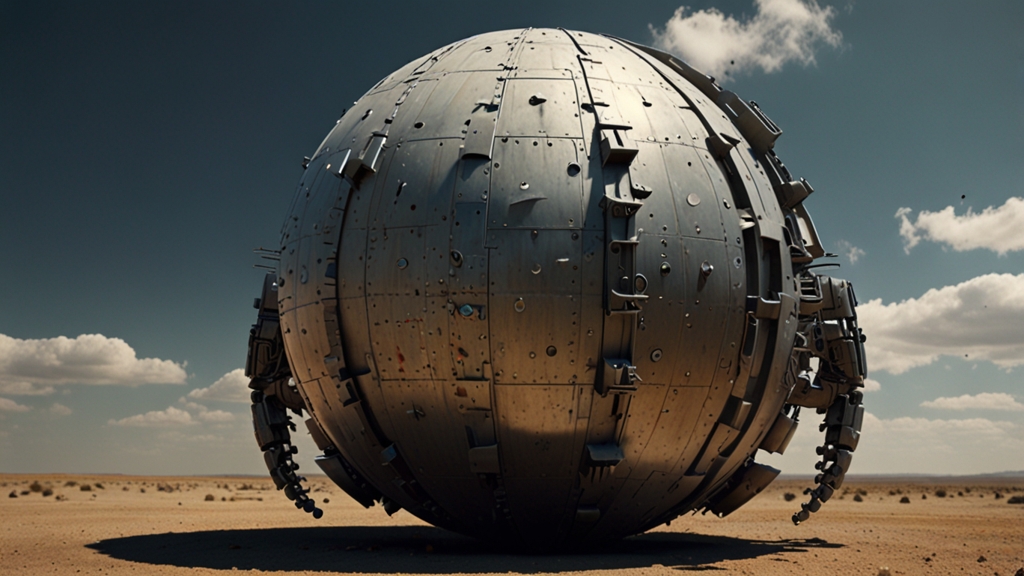Unlocking Creative Potential with Logical Thinking
Many people perceive creativity and logical thinking as two entirely separate realms. Creativity is often associated with spontaneous bursts of inspiration and abstract thinking, while logic is deemed synonymous with strict rules and structured processes. However, when combined, these seemingly divergent facets can unlock extraordinary creative potential. This article explores how logical thinking can enhance creativity and provide practical steps to harness this power.
The Symbiotic Relationship
On the surface, creativity and logic might appear to contradict each other. Creativity thrives in free-form brainstorming and lateral thinking, whereas logic depends on orderly sequences and cause-effect relationships. However, these two elements can complement and enhance one another. The structure provided by logical thinking helps to organize and refine creative ideas, making them actionable and effective.
"Logic will get you from A to B. Imagination will take you everywhere." – Albert Einstein
Enhancing Creativity Through Logical Structures
One of the key benefits of integrating logical thinking into the creative process is the formation of a conducive environment for innovation. Logical thinking aids in problem-solving, leading to more robust and resilient creative solutions. Here are several ways logical thinking can amplify creativity:
Problem Definition
Logical thinking allows for a precise definition of the problem at hand. When the parameters and goals are clearly defined, the creative mind can better focus on developing targeted and innovative solutions. This approach minimizes wasted effort and clarifies the path forward.
Step-by-Step Framework
By breaking down a project into smaller, manageable steps, logical thinking creates a scaffold upon which creative ideas can be built. Each step becomes a checkpoint, validating the feasibility and effectiveness of the creative ideas. This iterative process ensures that creativity does not become aimless or overwhelming.
Critical Thinking
Critical thinking, a subset of logical thinking, plays a vital role in evaluating creative ideas. Not every idea is a winner, and critical thinking permits a systematic assessment of each idea’s viability. This weed-out process ensures that only the best ideas make it to the implementation stage.
"The creative person wants to be a know-it-all. They want to know about all kinds of things—ancient history, nineteenth-century mathematics, current manufacturing techniques, flower arranging, and hog futures. Because they never know when these ideas might come together to form a new idea. It may happen six minutes later, or six months, or six years down the road. But they have faith that it will happen." – Carl Ally
Practical Steps to Blend Logic and Creativity
Harnessing the power of logical thinking to enhance creativity requires some practice and intentionality. Here are practical steps to get started:
Mind Mapping
Mind mapping is a visual tool that combines the creative and logical aspects of thinking. Start with a central idea and branch out to subtopics. This approach helps in systematically exploring and organizing your thoughts, making it easier to connect the dots and unearth innovative solutions.
Set Constraints
Imposing constraints might seem counterintuitive to creativity, but limitations can actually drive creative breakthroughs. Constraints force you to think within a box, which paradoxically can push you to be more inventive. For instance, limiting the budget or time frame can lead to innovative ways to achieve goals.
Collaborative Brainstorming
Group brainstorming sessions that include diverse perspectives can benefit from both logical and creative inputs. Establishing ground rules for these sessions, such as keeping the ideas flowing without immediate criticism, followed by a logical evaluation phase, ensures that creativity flourishes while practicality is maintained.
Conclusion
Unlocking creative potential with logical thinking might initially seem like mixing oil with water. However, the harmonious integration of these two cognitive processes can lead to unprecedented innovation and problem-solving capabilities. By embracing both creativity and logic, individuals and teams can maximize their potential, leading to tangible and effective outcomes.
"Creativity is intelligence having fun." – Albert Einstein
In the end, creativity and logic are two sides of the same coin. When utilized together, they pave the way for groundbreaking ideas and sustainable success.







